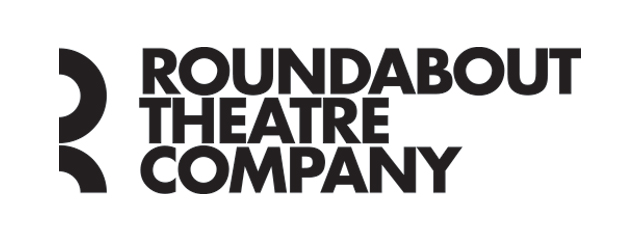Interview with Peter McKintosh
Ted Sod: Will you tell us about yourself? Where were you born and educated? When did you decide to become a designer?
Peter McKintosh: I was born in Liverpool-let's just say a long time ago! My mum was an art teacher. I grew up in Devon, England, and then I went to Warwick University and Bristol Vic Theatre School. I've wanted to be a designer since I was a kid. I went on a school trip to London and saw a revival of the original production of Oliver!. It had such a striking and inventive set, and I thought to myself "I don't know what that job is, but whatever it is, that's what I want to do."
The Winslow Boy set design model: Peter McKintosh.
TS: As the production designer, what is the first thing you do after you read the play?
PM: After reading the play, I talk to the director. I've worked with Lindsay a lot so our process has become very swift, but that's only because we have a shared language. We knew that the set for this play should feel very period "real", but somehow have a modern frame. After we talk, I go away and find some images or do some sketches, and then we start making models. As the designer, you're responding to the space as well as the details the play throws up in terms of period. The Winslow Boy is quite straightforward because, technically, it is just one living room with another off to the side.
TS: Did you have to do a lot of research on the period?
PM: What I love about this play is that it is very "English." There are a few places in and around London that you can go to see recreations of actual period rooms. We also looked at ground plans of the sort of houses in the play. We obviously had to adhere to the architectural restraints of the period, which would most likely have been Georgian. We found a picture of a house that seemed right to us which showed us all sorts of interesting details, including where the servants would have lived. We also knew that William Morris' work was very fashionable just before the period of the play, so we used his wallpaper. This family wasn't hugely wealthy, but they were aspirational.
Costume Sketch: Peter McKintosh.
TS: Will you talk to me about having designed the set for the London production and then having it rebuilt for the production here?
PM: We have brought the original set over from London, but we had to send it back to the workshops first to make some alterations to the proportions. I was nervous about altering the size of the room, but the AA theatre is so much wider than the Old Vic. Actually, it worked out fine. The set you see now is shallower and wider, but hopefully you won't see where the old set and the new bits have been spliced together.
TS: You are also designing the costumes. How do you decide what the characters are going to wear?
PM: Rattigan gives us quite a lot of information about clothes, about style, and about appearance. Appearance is very important in this play. Also, we know what a banker wore, we know what a lawyer wore, so that's pretty prescribed. In 1913 people still had their clothes made for them. In the play they talk about not being able to afford new clothes as their money starts to run out. I hope, though, that the costumes don't look like "costumes", but more just "clothes."
TS: Why do you think it is important for contemporary audiences to see this play?
PM: I think good theatre is transcendent. You don't have to do this play in modern clothes to understand what it's talking about. In fact, if you do it well, it should be a period production that doesn't feel period. Somebody said, "Do you think audiences will get it; will they get the politics, the school rules, the social structure?" But it is all there in the play. The story shows you what's happening.
Roundabout brings The Winslow Boy back to Broadway from September 20 for the first time in 60 years. For more information and tickets, please visit our website.

Videos


